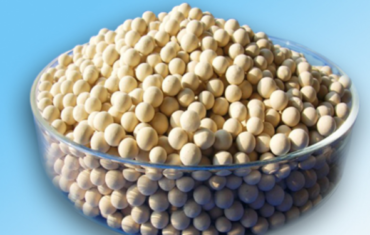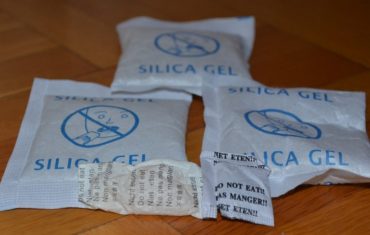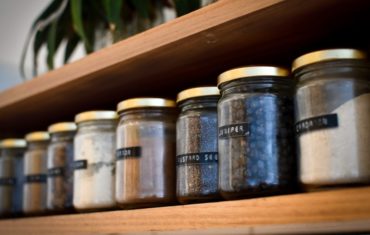How are Chromatography Adsorbents Helping Scientists?
Over a century ago, a Russian botanist, Mikhail Tsvet, separated pigments in plants for the very first time. These pigments were separated into green, yellow, and orange colors. Later It was discovered that these pigments come from chlorophylls (green), xanthophylls (yellow), and carotene (orange).
The name “chromatography” is derived from a Greek word that translates to “drawing colors.” The type of chromatography used for the first time by Mikhail Tsvet was adsorption chromatography.
Adsorption Chromatography
The process of sticking to the surface is called adsorption. Typically, this term indicates the sticking of a liquid or gas to a solid surface. This type of chromatography uses a mobile phase in the gas or liquid state and a stationary phase in the solid state. The two reasons behind this chromatography type working are the solubility in solvents, and the balance solutes have during adsorption on the solid surface.
As a side note, adsorption chromatography should not be confused with partition chromatography. The state for the stationary phase differs in both chromatographies. It’s solid during adsorption chromatography, whereas liquid in partition chromatography.
Types of Adsorption Chromatography:
Thin Layer Chromatography
In this chromatography technique, movement of the mobile phase in over an adsorbent. A thin layer of adsorbent is applied over solid support. This results in the separation of components. A powder is spread on a glass plate that moves along the solvent to cause differential migration.
Paper Chromatography
In this chromatography technique, paper sheets or strips are used as an adsorbent. A solution is made to pass through paper sheets and strips in their stationary state. The solution, in its mobile state, passes through the paper, leaving the components behind.
Column Chromatography
In this chromatography technique, solutes from a solution are poured down a column where individual components get adsorbed by the stationary phase. The components are positioned in the column depending upon the affinity towards the adsorbent.
Gas-Solid Chromatography
This chromatography technique is used for solutes that are less soluble in the stationary phase. Gas-solid chromatography has very limited stationary phases and therefore isn’t used widely.
How Adsorption Chromatography Can Help Scientists
Filename: scientist-performing-experiment
Alt-Text: Scientists performing an experiment
- Scientists use adsorption chromatography for the separation of amino acids
- They also use this technique for isolating antibiotics
- This technique helps scientists in the identification of carbohydrates
- This technique is also used to identify and separate fatty acids and fats
- Scientists use this technique to determine and isolate proteins and peptides
Adsorption chromatography can help scientists around the orb greatly. However, finding quality chromatography adsorbents at a suitable price isn’t easy. As a reliable manufacturer, supplier, and distributor of industrial absorbents and desiccants, Sorbead India offers premium quality adsorbents, oxygen absorber packets, molecular sieves, and activated alumina online.
Get in touch with us or visit our website to learn more about the company.










